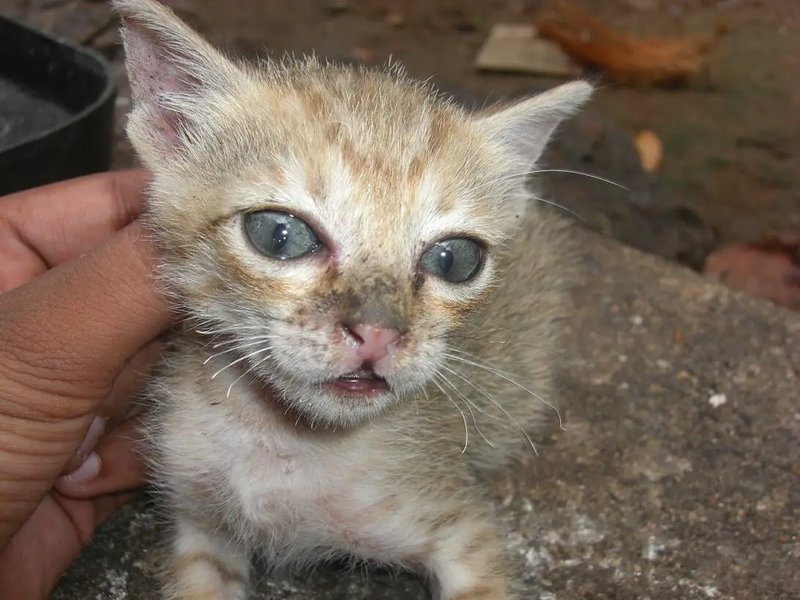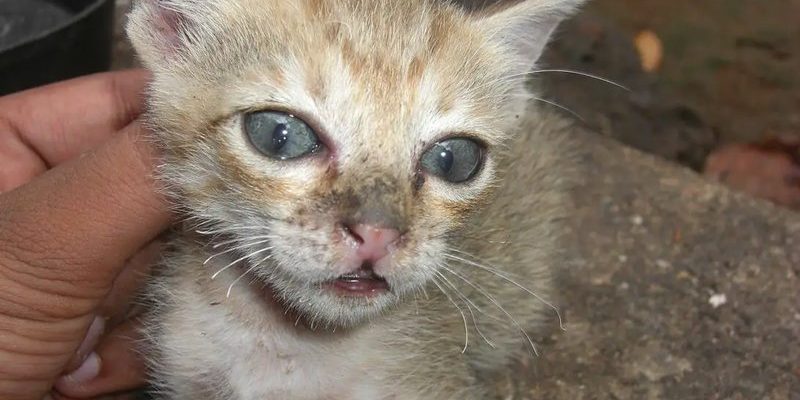
Wolf worms are fascinating but dangerous parasites that can cause significant harm to their small hosts. They lay their eggs on the fur or skin of these animals, where the larvae eventually burrow in. This process can lead to painful lesions, infection, and even death if the infestation is severe. Honestly, it’s not just a matter of having a bad day; this situation can be life-threatening. Let’s dive into why small mammals are so vulnerable to these parasites and what it means for their populations and ecosystems.
Understanding Wolf Worms and Their Lifecycle
To grasp why small mammals suffer so much from wolf worms, we need to understand the lifecycle of these parasites. Wolf worms belong to the family of *Oestridae*, known for their complex development. Their journey begins when the adult female lays eggs on the fur of a host animal. When the eggs hatch, the tiny larvae penetrate the skin, setting off a chain reaction of problems.
The larvae then migrate through the animal’s body, feeding and growing internally. It’s like having an unwelcome guest that refuses to leave. Eventually, they create a breathing hole on the surface of the skin, where they can emerge as adult flies. This lifecycle can take several weeks, during which the animal suffers from irritation and potential secondary infections.
Small mammals are particularly susceptible because they often live in close proximity to environments where wolf worms thrive. Areas like forests or grassy fields are prime hunting grounds for these parasites. It’s like being in the wrong neighborhood without realizing it!
Why Are Small Mammals Targeted?
You might be wondering, “Why do wolf worms prefer small mammals?” It all comes down to size and opportunity. Small mammals generally have thinner skin compared to larger animals. This makes it easier for wolf worm larvae to burrow in without a lot of resistance. Just think about how much easier it is to poke a hole in a piece of paper than in a thick textbook.
Moreover, these small creatures often have less developed immune systems, making it harder for them to fight off infections. They are like the underdogs of the wildlife world—small, vulnerable, and not built to withstand the pressures from these invasive parasites.
Another factor is their behavior. Many small mammals are ground dwellers, which increases their chance of contact with wolf worm-infested areas. When they roll around or nest in the grass, they’re unknowingly putting themselves at risk. It’s a high-stakes game of survival, and unfortunately, they often lose.
The Impact of Wolf Worms on Small Mammal Health
The presence of wolf worms can have dire consequences for small mammals. When these parasites invade, the immediate result is discomfort and pain. Imagine having a tiny creature digging into your skin; it would be enough to make anyone feel miserable.
As the parasites grow, they can create painful sores and lesions, which not only affect the health of the mammal but also its ability to forage for food. A rabbit or a field mouse with painful wounds may find it hard to escape from predators or seek out nourishment. This creates a cycle of decline in health and increases vulnerability to other threats.
In addition to physical health issues, there are psychological impacts as well. Chronic pain and infection can lead to stress in these animals, which might cloud their instincts. A stressed animal is less likely to be alert to dangers around them, further putting them at risk.
Environmental Factors Contributing to Vulnerability
It’s not just the biological aspects that make small mammals vulnerable to wolf worms; environmental factors play a significant role too. Changes in habitat, such as deforestation and urbanization, can lead to higher populations of these pests. When natural habitats are disturbed, it can create ideal conditions for wolf worms to thrive.
For example, when animals are forced into smaller areas due to habitat destruction, they may become more concentrated. This closer proximity allows for easier transmission of parasites, like a crowded bus where germs can quickly spread.
Additionally, climate change can also impact the life cycles of these parasites. Warmer temperatures might accelerate their development and increase their range, posing an even greater risk to small mammals in certain areas. As the climate shifts, so do the behaviors and populations of many species, creating a ripple effect that can be devastating.
Human Impact and Conservation Efforts
Humans have a significant influence on the fate of small mammals and their battle against wolf worms. Activities like farming and development often lead to habitat loss, which intensifies the vulnerability of these creatures. Here’s the thing: our actions can have unexpected consequences on wildlife.
Conservation efforts are essential in protecting small mammal populations from wolf worm infestations. Preserving natural habitats and creating wildlife corridors can help maintain healthy ecosystems. This way, small mammals have the space they need to thrive, reducing their risk of coming into contact with these pesky parasites.
Moreover, public education can play a vital role in this effort. When people understand the delicate balance within ecosystems, they are more likely to make informed choices that help rather than harm wildlife. Imagine if more people became wildlife advocates, sharing knowledge and fostering a sense of responsibility—what a difference that could make!
The Role of Ecosystem Balance
Understanding the balance of an ecosystem helps us see why small mammals and wolf worms coexist. Every species plays a role, and even parasites have their place in the grand scheme of things. Wolf worms may seem like a nuisance, but they’re part of the natural order.
However, when one population, like that of small mammals, declines dramatically, it can lead to imbalances. For example, if small mammals are heavily infested and die off, it can cause an overpopulation of insects or plants that those mammals typically keep in check. This can lead to further ecological issues in the long run.
In a healthy ecosystem, predator and prey relationships help regulate population sizes. But when small mammals struggle due to wolf worms, it disrupts this balance and can create unforeseen consequences.
The vulnerability of small mammals to wolf worms is a complex challenge, influenced by biology, environment, and human activity. Though small in size, these mammals face big threats from parasites that can lead to severe health issues and population declines. As we learn more about these relationships, we can take meaningful steps toward protecting our furry friends.
Every small action—like supporting conservation efforts or spreading awareness—can help improve the situation for these vulnerable creatures. By understanding the challenges they face, we can work together to ensure that small mammals continue to thrive, reminding us of the beauty and complexity of the natural world.

